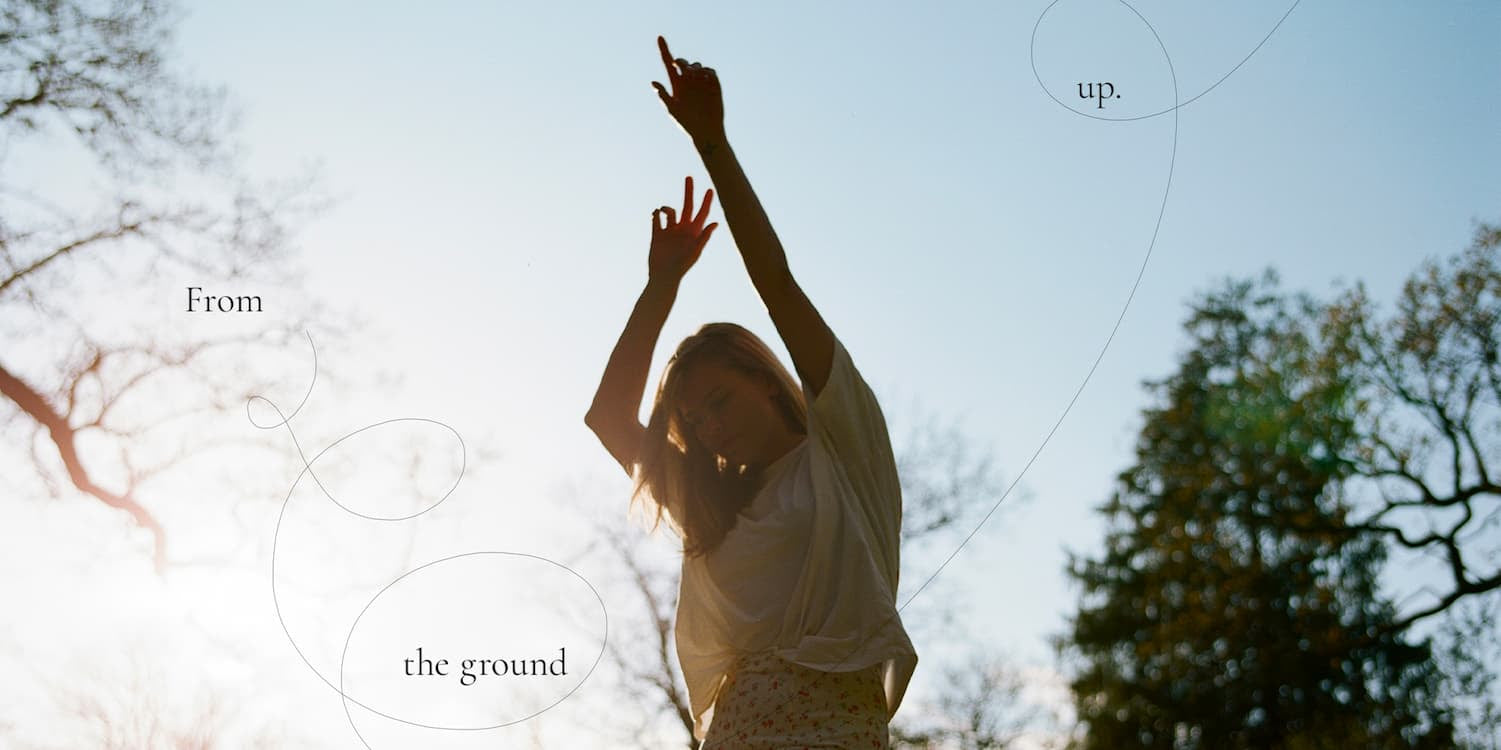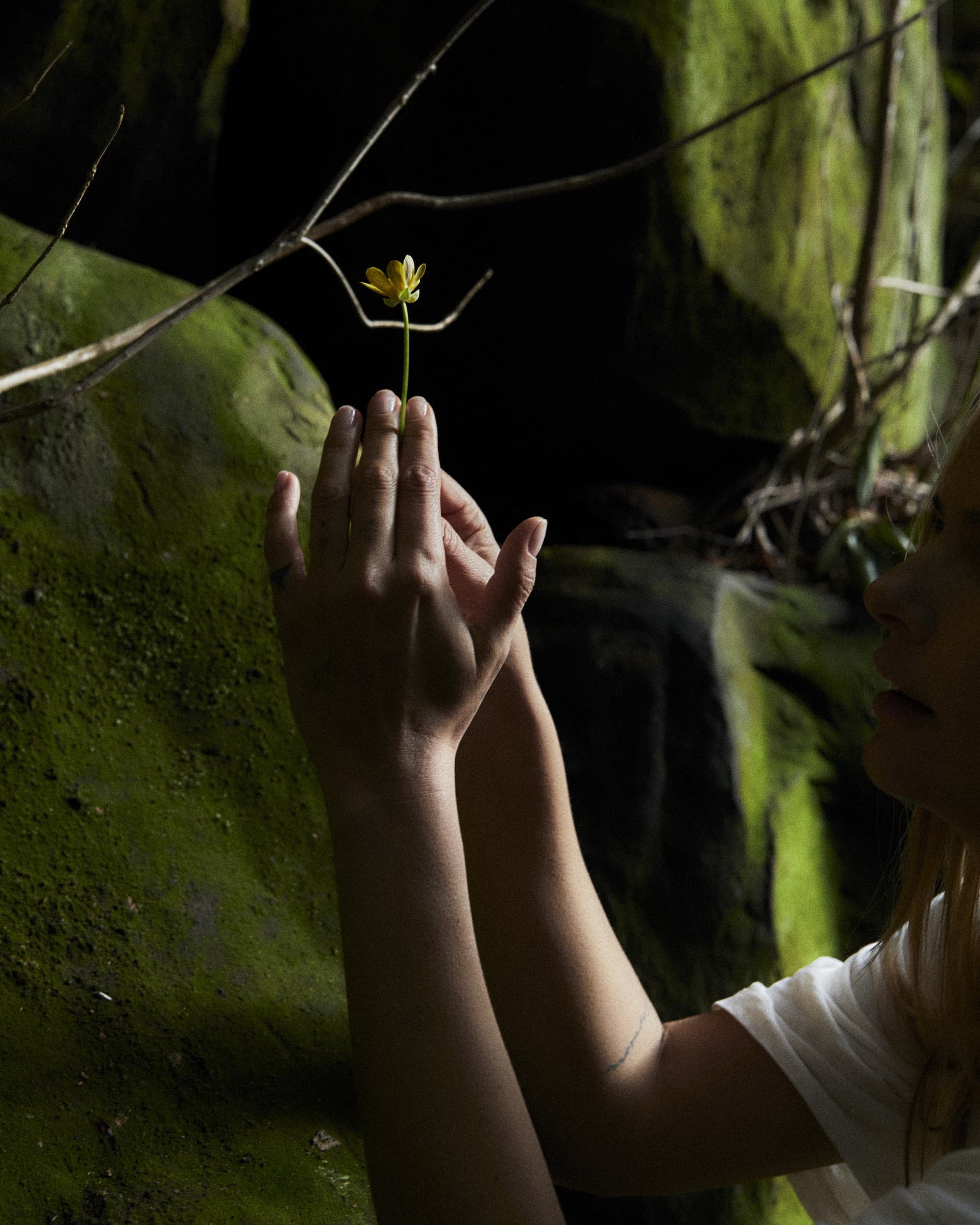Last week, I flew to New York and packed a book I’d sidelined for months that a good friend sent me, called All the Beauty in the World. It’s written by a museum guard at the Met, Patrick Brinkley, and it was a sharp lesson in the age-old adage: never judge a book by its cover. What I’d expected to be a musty chronicle of galleries and artifacts, turned out, in fact, to be an exquisitely written, deeply poignant story of grief and learning to cope (or finding solace) by being still amidst the beauty of art.
There is so much in the book that moved me deeply, as deeply as the author is moved himself by, for example, Titian’s: “layer after layer of semitransparent glazes through which light streams, reflects and refracts with a constant freshness…so beautiful, so tenderly flush with life that it seems to be itself living — living memory, living magic, living art, whatever you’ll consent to call it, it looks as whole, bright, irreducible, and unfading as I would wish the human soul to be” and I’ve found myself going back, re-reading passages, looking up the paintings, feeling the feelings.
But there is one line in particular that stuck with me since I read it: "My heart is full, my heart is breaking, and I badly want to stand still awhile." As I leapt for joy upon landing at JFK at the prospect of three blissful days away from the manic choreography of motherhood, I couldn’t ignore the familiar dull ache of maternal guilt. Brinkley’s line kept coming back to me and the more I thought about it, the more it seemed to become the perfect summation of the myriad balancing acts we all juggle in life; abundance and fragility, growth and loss, gratitude and want.
Life seems to insist that we live in the middle of opposites. We fall in love knowing we might one day grieve. We witness beauty knowing it will change. We nurture things that will not last. And yet, the point, as I understood from the book, is not to escape this tension, but to learn how to somehow stand still inside it and simply admire the mystery, beauty and pain.
Olivia x
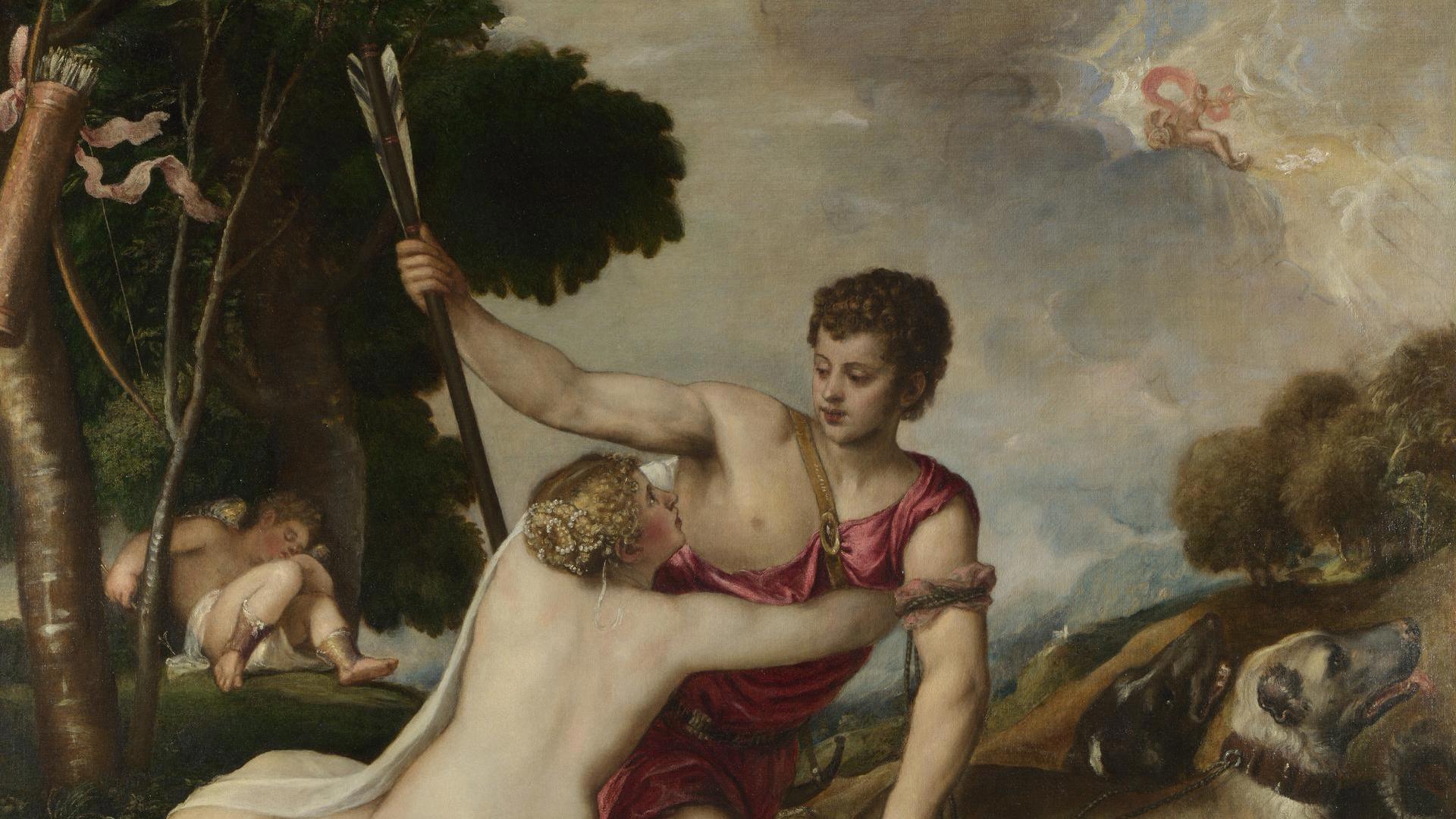
BTS
While in New York, I wandered past aLe Labostore just a few streets from my hotel. Through the window, I caught sight of shelves lined with oils and neat rows of glass beakers, so reminiscent of my own studio-lab in London that I couldn’t resist stepping inside. I found myself in a long, meandering conversation with the salesperson about scent, and how certain fragrances can capture the essence of a place. I had imagined New York as heady, smoky, and resinous, but their chosen fragrance surprised me: a soft floral, described with a smile as “a dirty flower.” It’s left me mentally creating my own scent series, dedicated to the places that mean the most to me.
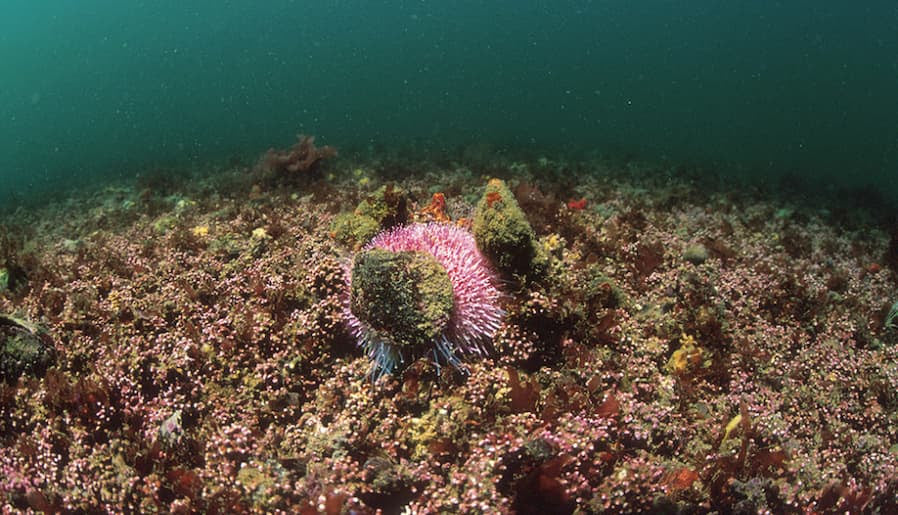
Roots
This morning, on the beach in St Mawes, I spoke with my cousin just after he surfaced from a dive. He told me he was checking on mearl —a prehistoric, pink coral-like kelp that grows just a millimetre a year and is 16,000 years old. Underwater, it forms a vast and intricate city, providing shelter for countless species, yet it is highly endangered and can be destroyed in moments (ahem, Thames Water).
Ancient and imperilled, maerlis nature’s lesson in patience and vulnerability and speaks to the same pattern repeated across the natural world: the beauty of what exists right now alongside the ache of how easily it could vanish. Observation in this case leads to both reverence and, vitally, protection. The sea is such a marvellous museum. If you’re fortunate enough to find yourself swimming in the ocean, snorkeling or diving this summer, don’t forget to observe all the beauty in that underworld.
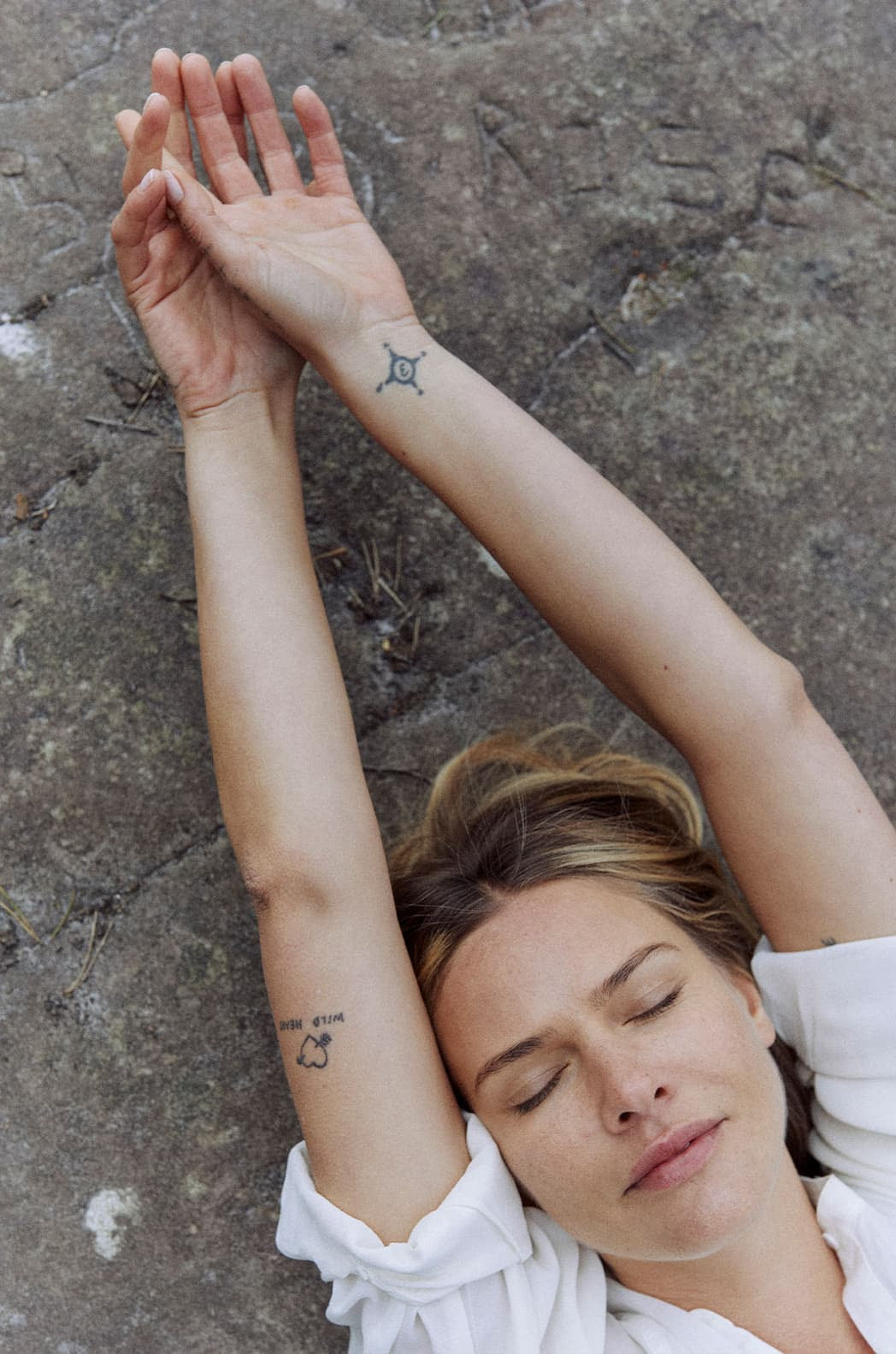
Body
The body is where we often feel the law of opposites most keenly. Rest feels restorative, yet we feel guilty from stepping back from our to-do lists. A long run fills our lungs with vitality, but our muscles are left feeling tender. However, I found a sweet spot last week, where I was able, through cylindrical breathing, to tune into my body’s rhythm and age-old physical patterns (not great ones!) with only an upside. Just a few minutes spent deliberately breathing back-to-front in my belly, rather than up-to-down in my chest, forced my shoulders to drop and my neck to relax without my even thinking about it.
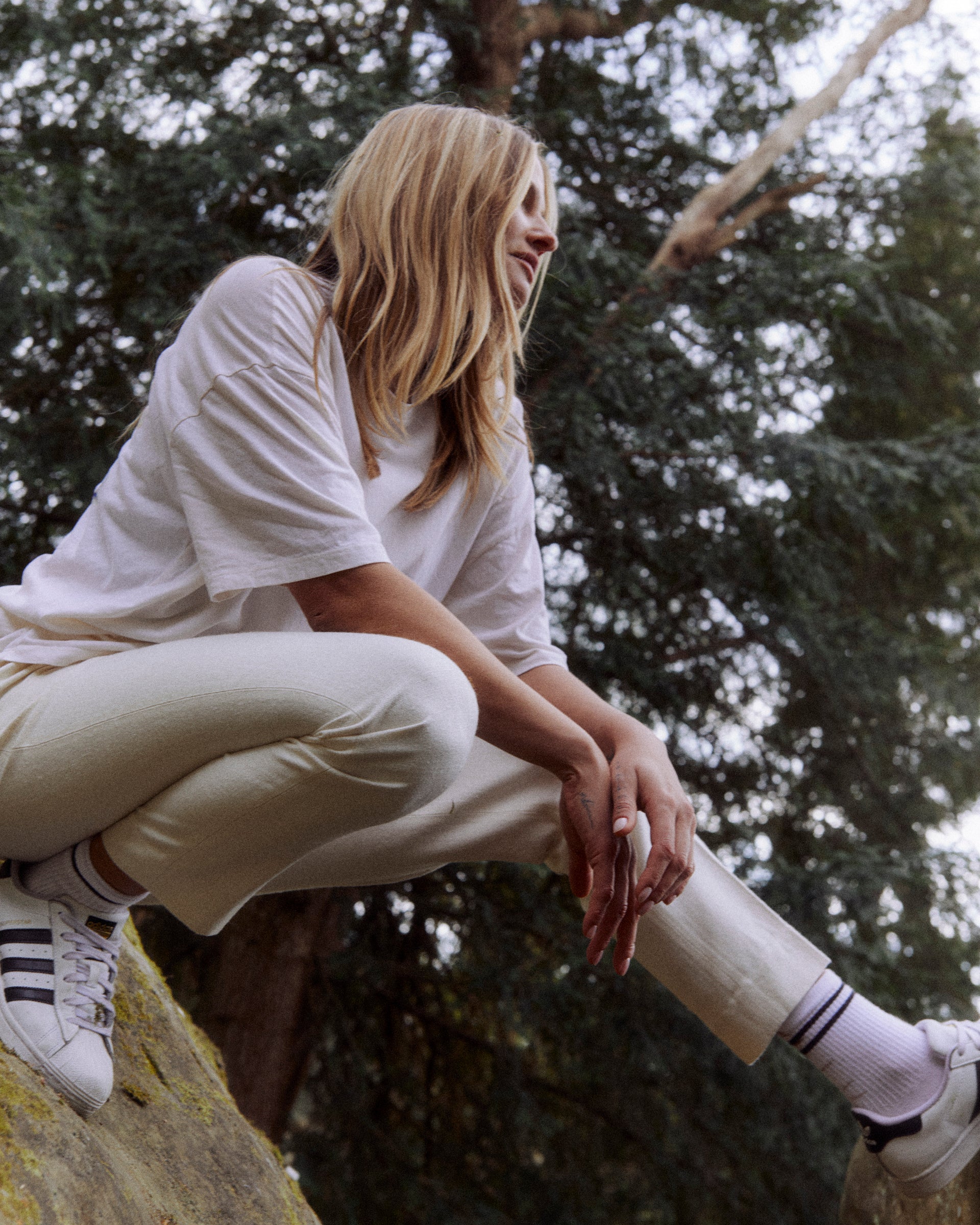
Long Haul
The path to long-term health is rarely all one thing. The daily habits that support a long life — rest, movement, sunlight, nourishment — are built over years, sometimes decades. We take joy in each act of care, but the sting is knowing that these acts are never done; they are a lifelong tending. Like the maerl reef, longevity grows in millimetres, not metres, and can be undone quickly if neglected. This is a particularly painful pattern for those struggling with chronic illnesses and recovery, where the line between improvement and overdoing-it is very fine. This week, as I struggle with jet lag and the onset of some of my chronic pain, I will deliberately take my foot off the pedal and, as far as I am able to, will make small, protective choices (earlier bedtime—whoops, not tonight— long walks, morning sunlight…) to get myself back to pre-flying fitness.
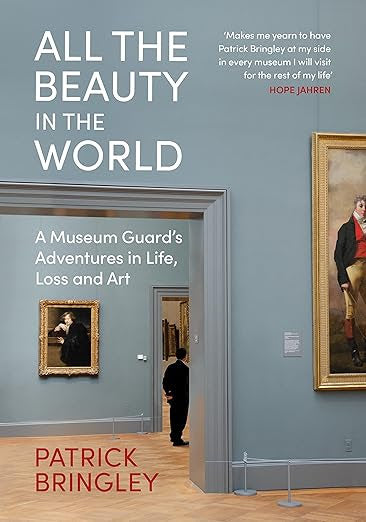
Mind
Here you go, my life-affirming, plane journey read: All The Beauty In The World by Patrick Bringley. Don’t leave it on the shelf like I did. I hope it inspires you to observe and appreicate beauty in a slightly different way, and I hope, of course, that he inspires you to head to an art museum now and then to stand in silence and bathe in the life, light and vibrancy that the world’s greatest artists have left for us to enjoy.
